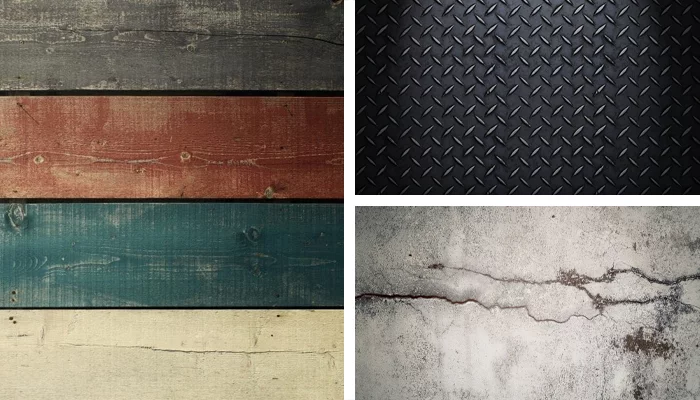 Tired of the standard design of a social network? Have a desire to stand out from the crowd? Replace the boring blue-gray color of Facebook with textures with interesting patterns! Hearts, stars, lines, geometric shapes and more.
What texture compositions can be found in this category? For example, a stylization of wood or stone, brickwork, newspaper clipping and much more. There are also abstract textures that will appeal to someone who does not know what exactly he wants. All design options are developed by professional designers with experience. Here you will not find publicly available pictures from the Internet. On fb.zone is only exclusive.
What needs to be done to change the Facebook wallpaper? First you need to install a browser extension called “Themes for Facebook”. Once you do this, all you have to do is add a theme from the “Textures” category to it. Applying it, you thereby improve the appearance of the social network by changing the background image and buttons.
Personalize your profile with the Facebook texture theme and extension! For this you do not need to pay anyone, and the use of this tool and all the author’s designs is not limited by time or volume.
Tired of the standard design of a social network? Have a desire to stand out from the crowd? Replace the boring blue-gray color of Facebook with textures with interesting patterns! Hearts, stars, lines, geometric shapes and more.
What texture compositions can be found in this category? For example, a stylization of wood or stone, brickwork, newspaper clipping and much more. There are also abstract textures that will appeal to someone who does not know what exactly he wants. All design options are developed by professional designers with experience. Here you will not find publicly available pictures from the Internet. On fb.zone is only exclusive.
What needs to be done to change the Facebook wallpaper? First you need to install a browser extension called “Themes for Facebook”. Once you do this, all you have to do is add a theme from the “Textures” category to it. Applying it, you thereby improve the appearance of the social network by changing the background image and buttons.
Personalize your profile with the Facebook texture theme and extension! For this you do not need to pay anyone, and the use of this tool and all the author’s designs is not limited by time or volume.
List of themes - Textures
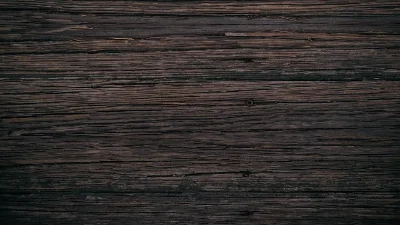
Wood texture refers to the visual and tactile qualities of wood surfaces. It is influenced by factors such as the species of wood, growth patterns, and the way in which the wood has been finished. Some woods have a smooth, even texture, while others have a more rough and uneven texture. The texture of a piece of wood can also be affected by the direction of the grain, which can be straight, wavy, or curly. The texture of wood can be used to enhance the aesthetic appeal of a piece of furniture or architectural element, or to create a sense of warmth and naturalness in a room.
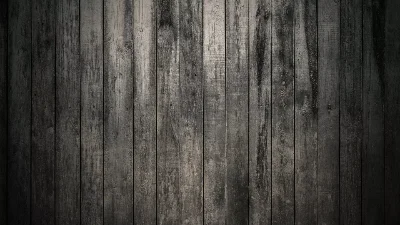
Old wood texture refers to the visual and tactile qualities of wood surfaces that have been aged for a long time. It is characterized by a weathered and worn appearance, with a patina that has been formed by years of exposure to the elements. The texture can be rough, uneven and can have a lot of knots and cracks, giving it a rustic and vintage look. The color of the wood can also change over time, becoming a silver grey or dark brown. Old wood texture can add a sense of history and character to a piece of furniture, architectural element, or any other surface that it is applied to. It can create a sense of warmth and naturalness in a room and can be used to add a vintage or rustic feel to a space.
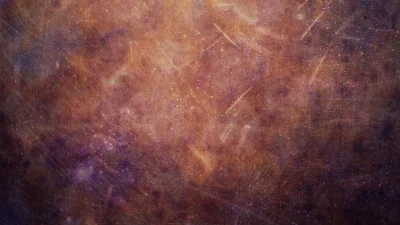
This type of background is often used to create a gritty, industrial, or urban aesthetic, and can be used in a wide range of contexts such as in graphic design, print design, web design, and digital art. They can be created using a variety of techniques, including digital painting, photo manipulation, and compositing. They can be made in various colors, shades and patterns to create different moods and atmospheres. Scratched texture background can also be created using textures, which is an image or pattern of a surface that can be used to overlay a design to create a specific look or feel.
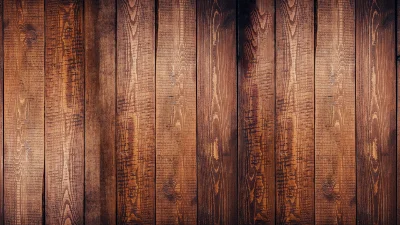
This type of background is often used to create a rustic, natural, or warm aesthetic, and can be used in a wide range of contexts such as in graphic design, print design, web design, and digital art. They can be created using a variety of techniques, including digital painting, photo manipulation, and compositing. They can be made in various colors, shades, and patterns to create different moods and atmospheres. Wooden wall backgrounds can also be created using textures, which is an image or pattern of a surface that can be used to overlay a design to create a specific look or feel.
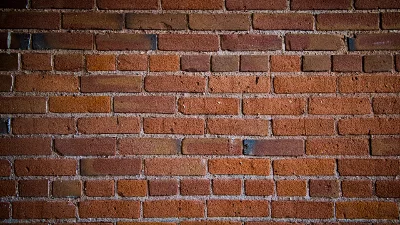
A brick wall background is a popular design element used in many different contexts, including interior design, photography, and graphic design. The brick pattern adds a sense of texture and depth to a space or image, and can evoke feelings of nostalgia, warmth, and durability. The brick wall background can be created using real bricks or by using a digital brick pattern. In graphic design, it's very common to see brick wall backgrounds in websites, posters, and advertising campaigns. It can also be used in interior design to add a rustic or industrial touch to a room. Overall, a brick wall background can be a versatile and visually interesting choice.
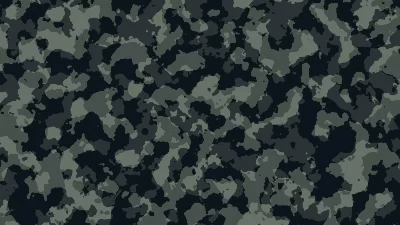
The pattern of greens, browns, and grays creates a sense of blending in with nature, the perfect design for those who love the outdoors, hunting, and military culture. A camouflage pattern background for Facebook is a bold and unique design that adds a touch of ruggedness and adventure to your profile. The background also serves as a subtle reminder of the skills of stealth and adaptability. This background is perfect for those who want to add a touch of ruggedness and adventure to their profile, or who want to show off their love for the great outdoors and the military culture.

